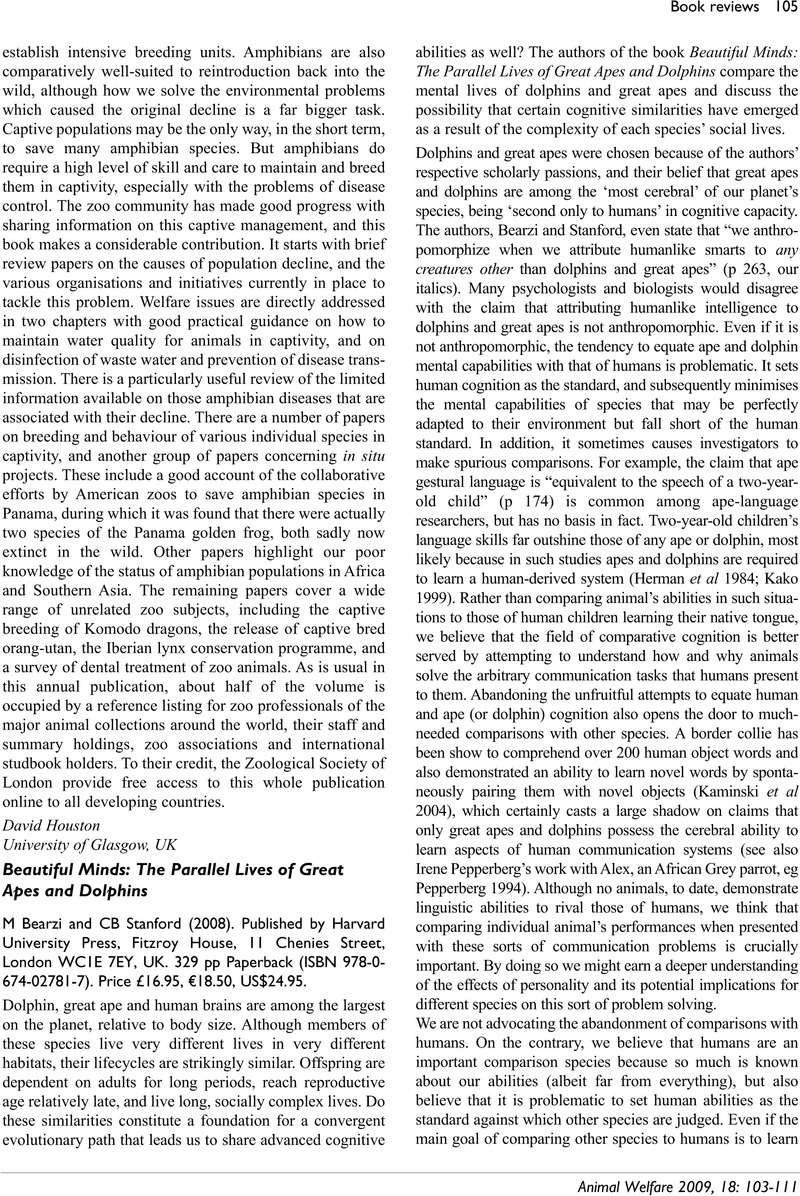Starkhammar, J,
Amundin, M,
Olsén, H,
Dahl, S,
Almqvist, M,
Lindström, K and
Persson, HW 2007 Design and evaluation of a new tool for echolocation measurements,
Abstract for 17th Biennial Conference on the Biology of Marine Mammals. Cape Town, South Africa.
Google Scholar 